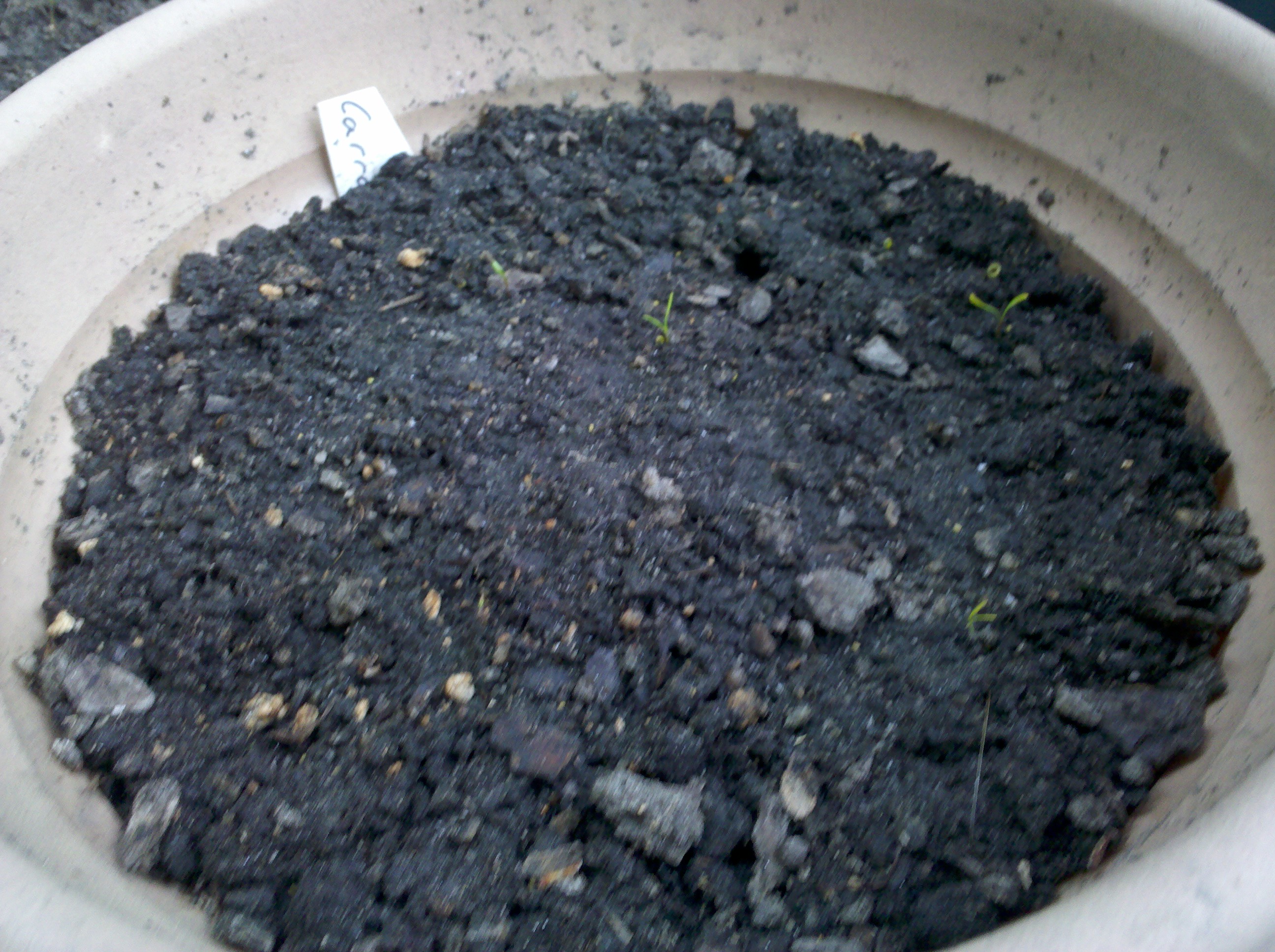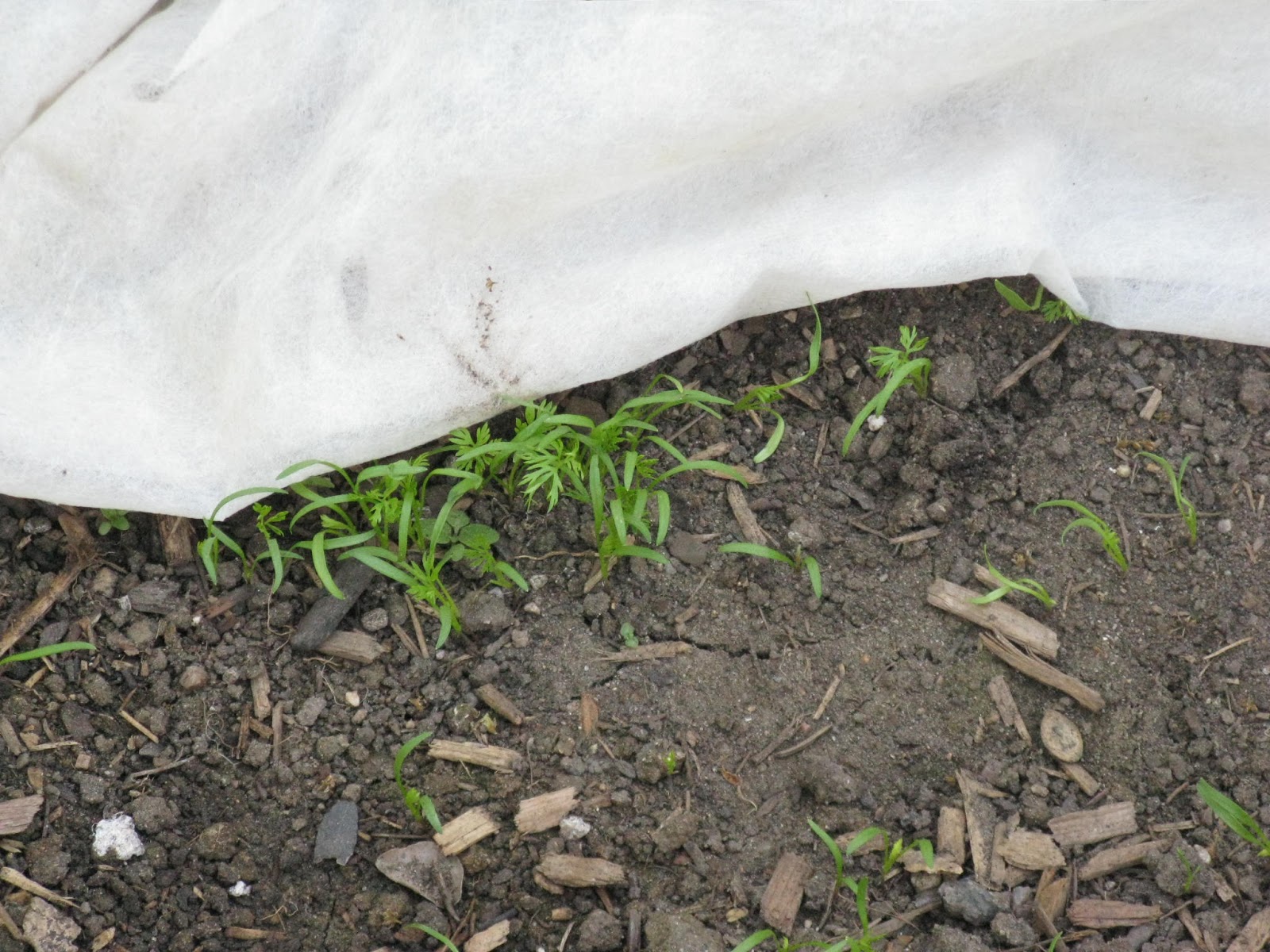

Non-GMO means seeds (or other products) that were produced without genetic engineering and were not derived from GMOs (Genetically Modified Organisms).

All of our vegetable and herb seeds are heirloom seeds.Īre Your Seeds Non-GMO? What Does Non-GMO Mean? Heirloom seeds are always non-GMO and are never hybrids. Heirloom Seeds (sometimes called Heritage Seeds) are open pollinated vegetable and herb seed strains that have been planted, grown and harvested for several generations (usually more than 30 or 50 years depending on the variety) with consistent results. To determine whether the seed packet you're interested in is organic, look for the USDA Organic seal.Īre Your Seeds Heirloom? What are Heirloom Seeds? They have passed rigorously standards and certified by a USDA Accredited agency. This means that our seeds are non-GMO (not genetically modified), and are chemical and pesticide free. Give your plants their best life by keeping weeds under control with Organic Weed Barrier Paper, mulch or careful weeding.Ĭompanion Planting: Rosemary & sage deter carrot flies making them great companion plants for carrots!Īre Your Seeds Organic? What does Certified Organic and/or USDA Organic Mean?Īll Purely Organic Seeds (and many varieties of the other seed brands we carry) are Certified Organic and carry the USDA Organic Seal. Help Your Plants Thrive with Weed Control: Weeds compete with vegetables, flowers and other plants for water, space and nutrients.

Stubby, Twisted Carrots? If your carrots are short, twisted or balled the soil was likely too dense for them to push through. Harvest carrots early for “baby carrots” or when fully mature after about 70 days.Ĭlever Carrots: When carrots near maturity, about 6-8 inches, frosts encourage them to start storing sugars for future use so their taste improves! Keep the soil moist with frequent, shallow waterings. Distribute seeds evenly, 2 inches apart in rows 12-14 inches apart, so plants don’t grow together. (Transplanting from indoors can cause carrots to be weak and crooked.) Plant seeds 1/2" deep in loose, sandy soil with a pH of approximately 5.5-6.8. This will speed up germination of any weed seeds so you can pluck them out before planting in the bed.Carrots can tolerate a light frost, so sow directly outdoors 3-5 weeks before the last spring frost date or in mid to late summer for a fall harvest. A couple of weeks before planting in the garden, place a cold frame, clear plastic, or tunnel cloche over the area you’ll be sowing seeds. Intentionally sprout weeds early to remove them.The first leaves on a seedling are called cotyledons, and they don’t look like the true leaves of a plant, so misidentification is easy at this point. Avoid pulling weeds until seedlings have developed their true leaves.Sow a few seeds in a labeled container to make comparisons to what comes up in the garden bed. Use a control planting to identify your seedlings.This will help you be aware of when the seedlings should emerge. Know germination times for the plants you’re growing.Sow your seeds in a very straight row and use markers at theīeginning and end of the row so you know where seedlings should be when they Tricks and tips that will help make the task easier: Until you get to know your seedlings better, here are some Those of common weeds, allowing you to simply check what you have and only pull These include pictures of vegetable seedlings as well as You’ll find plenty of resources online to help you make
#Carrot seedlings image how to
Knowing how to tell seedlings from weeds is a great skill to To avoid ruining your beds before you have barely started, you need to Plants are at the seedling stage, they look quite different from their mature Think is a weed only to find you pulled out your vegetable seedlings. Make the wrong identification and you’ll pluck what you

One issue comes up though – how can you identify seedlings from little veggie sprouts? There are benefits to this, and it eliminates the step of moving transplants from indoors. When planning a vegetable bed, you may decide to start from seeds directly in the garden. Veggie seedlings, but there are some other tricks that can help as well. Vegetable bed before you have a chance at a harvest. The difference between a weed and a radish sprout, you could destroy your Weeds? This is tricky, even for the most seasoned gardeners. How can you identify seedlings and not mistake them for


 0 kommentar(er)
0 kommentar(er)
